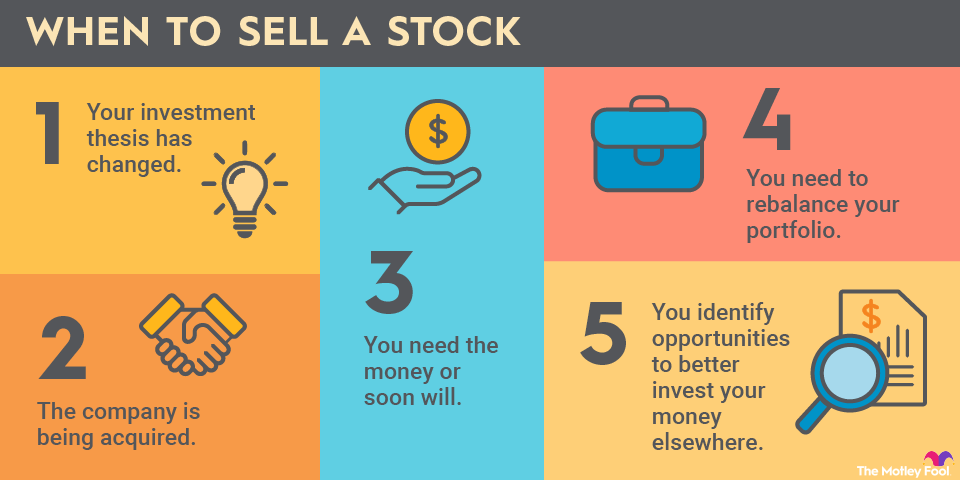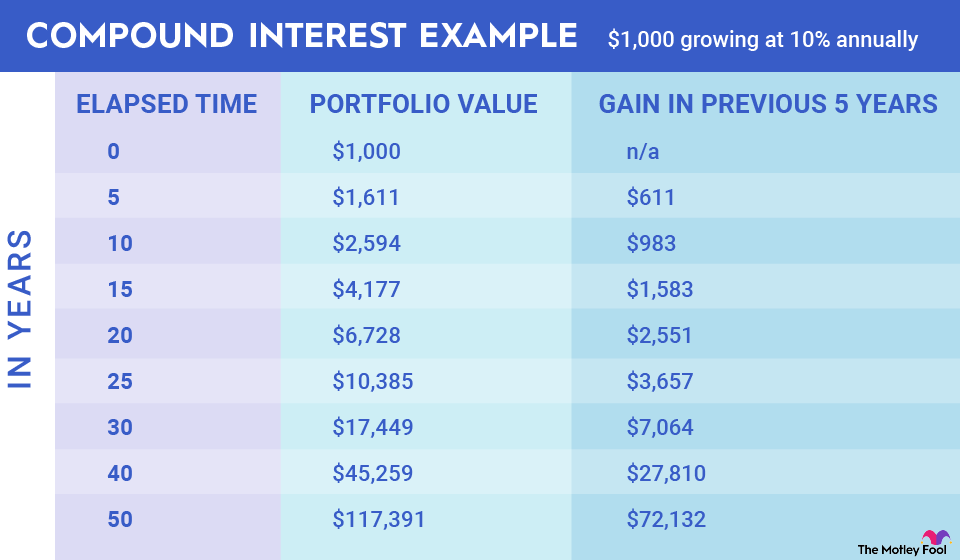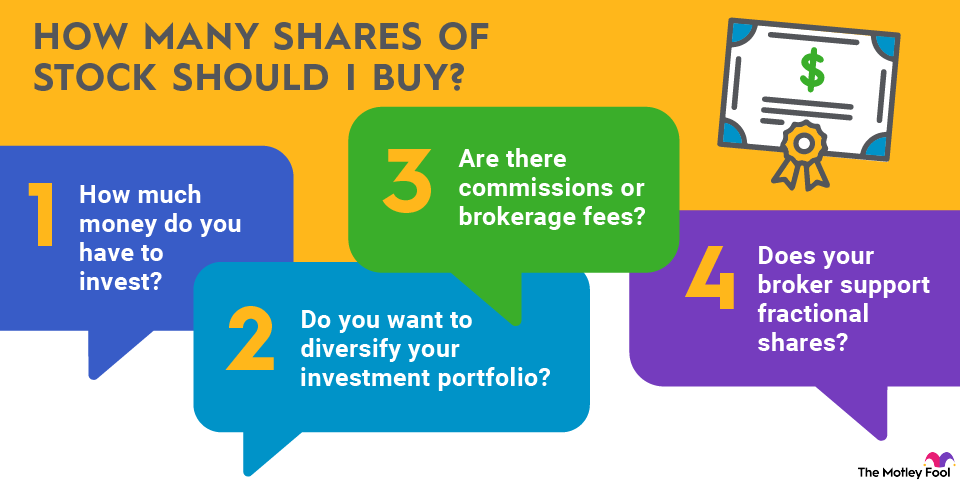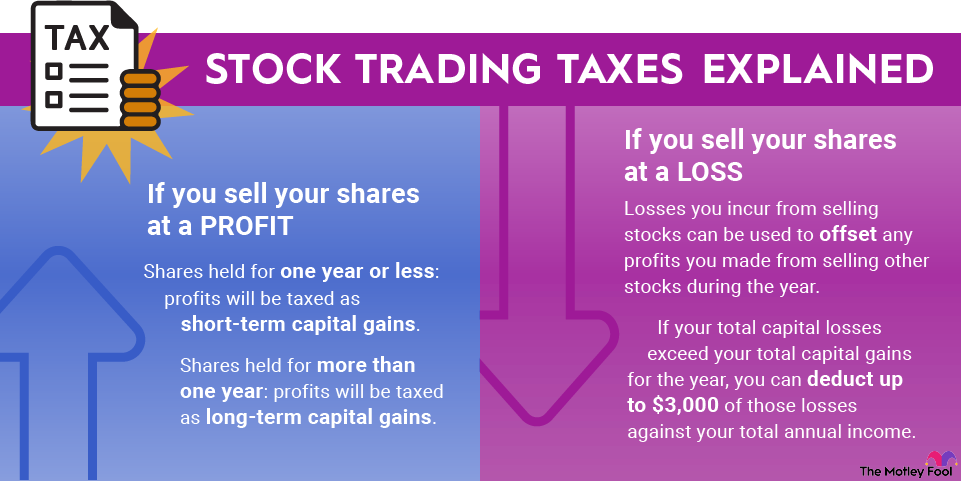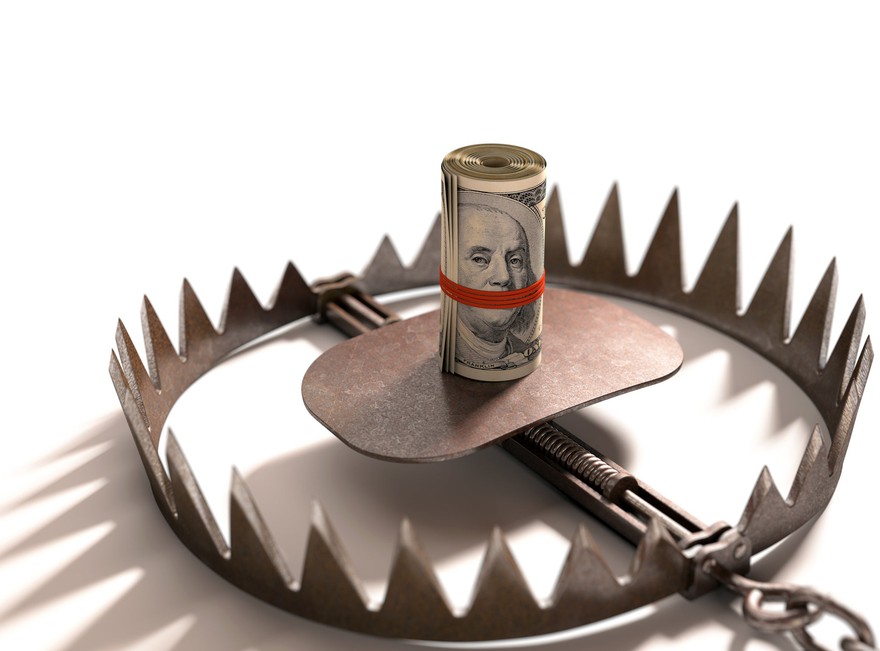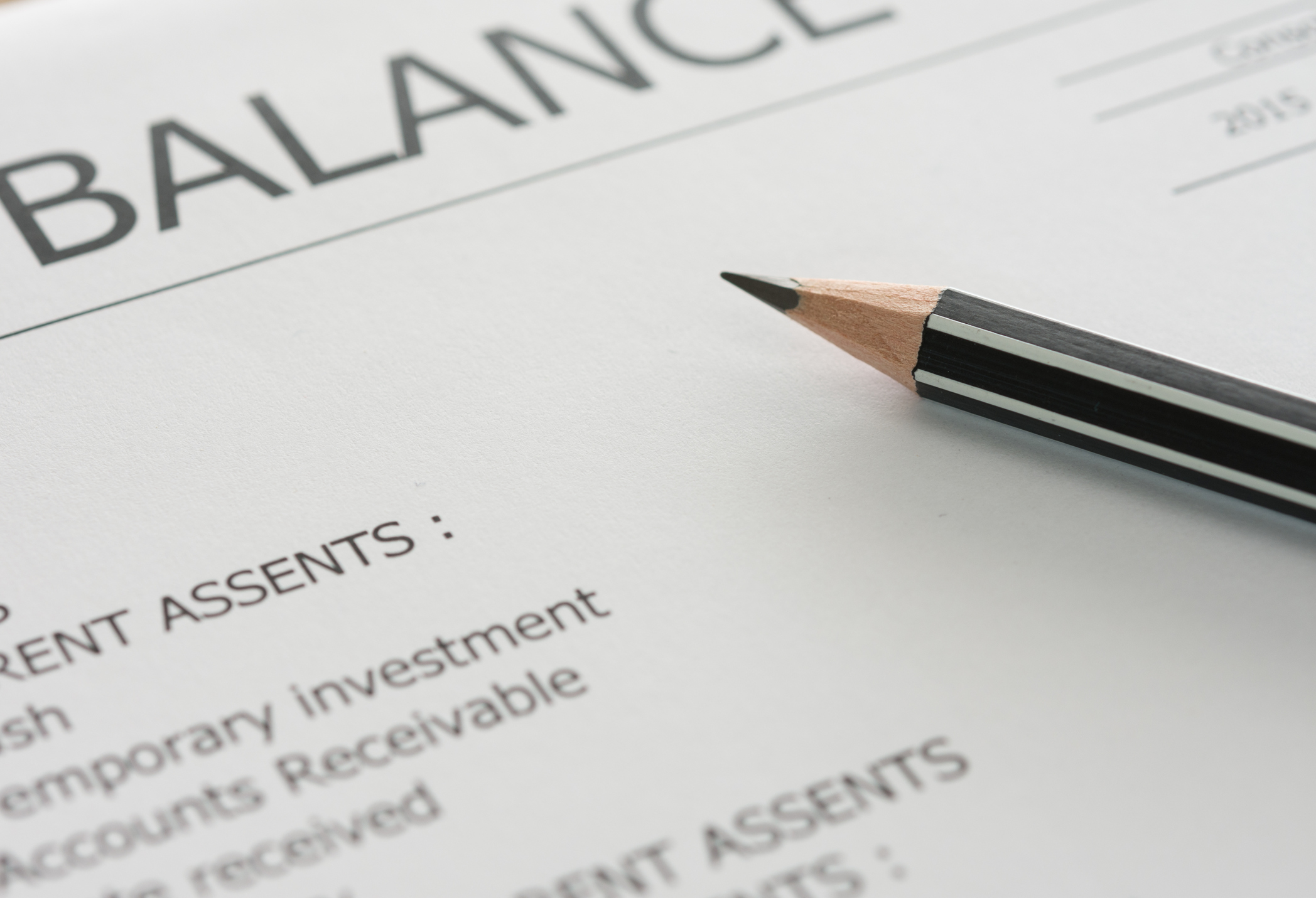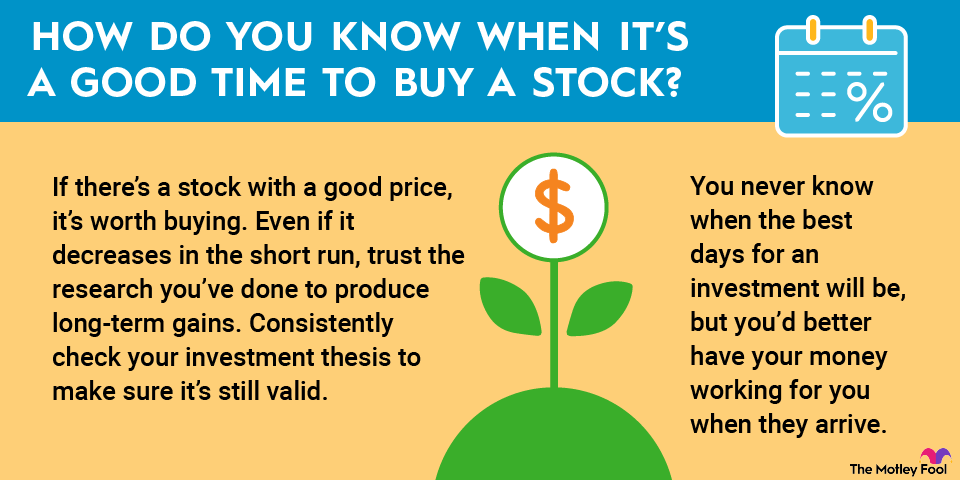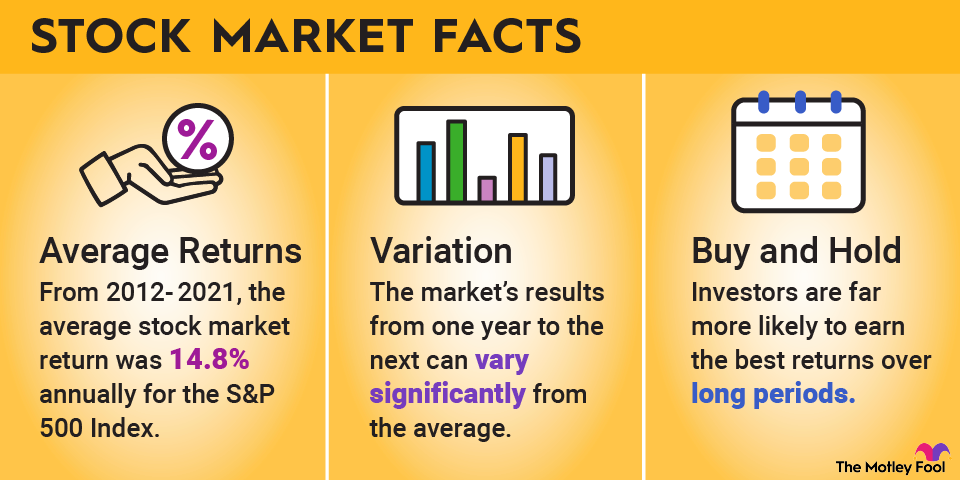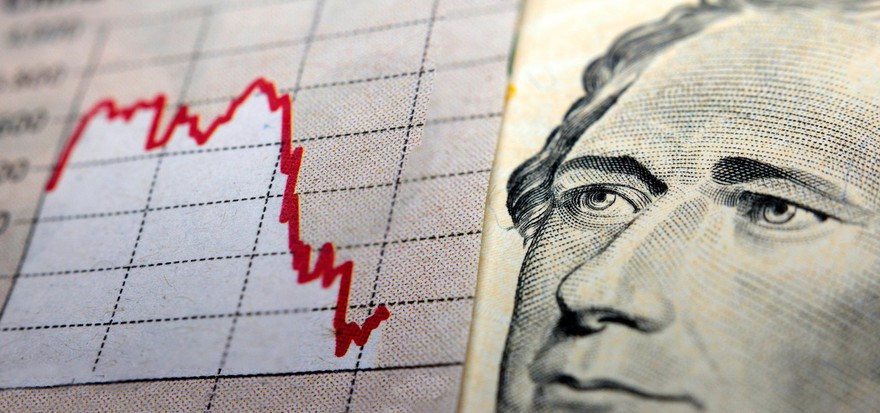Target (TGT +1.15%) has become a go-to shopping destination for millions around the country who search the store for everything from home goods to clothes to food to gadgets.
The story of Target began in 1902 in Minneapolis, when the Goodfellow Dry Goods store was located on the site of an 1893 fire that had burned the Westminster Presbyterian Church to the ground. The church couldn't cover the cost of a new building, but George Dayton, a parishioner, bought an adjacent lot, constructed a new building, and acquired the Goodfellow store as a tenant.

NYSE: TGT
Key Data Points
When the owner of the Goodfellow store retired, he conveyed his interest to Dayton, who formed the Dayton Dry Goods Company and, eventually, The Dayton Company. By the 1920s, the company had brought in millions in revenue and had expanded through new locations and acquisitions. When Dayton died in 1938, his son Nelson took control of The Dayton Company, which was a $14 million enterprise.
In the 1950s, the company bought a department store company based in Oregon and opened a shopping center in the Twin Cities suburb of Southdale in 1956 -- the first indoor regional shopping mall in the country, which is open to this day. The first Target discount store was opened in 1962 after a Dayton Company employee came up with the idea for upscale discount store experiences. By the end of its first year in business, there were four Target stores open.
The company rebranded as The Dayton Corporation and became a publicly traded entity in 1967. The years that followed included updates to its logo to feature the modern bullseye look, as well as acquisitions of various brands, including bookstores and an electronics and appliances chain. The Dayton Corp. merged with the upscale retail department store chain J.L. Hudson Company in 1969 and became the Dayton-Hudson Corp., placing it among the top 20 retailers in the U.S.
As the parent company sold off various owned shopping centers in the years that followed, it continued to expand its portfolio of Target locations both through new openings and aggressive acquisitive maneuvers. By the late 1990s, Target operated 851 stores in the United States and was turning $23 billion in annual sales, even as Dayton-Hudson's Corp.'s other brands struggled.
In 1999, Target capitalized on the dot-com boom and launched an e-commerce site; the next year, it rebranded from the Dayton-Hudson Corp. to Target Corp. Here's your how-to guide on buying Target stock and being a part owner of the big box powerhouse.
Stock
How to buy Target stock
Because Target is a publicly traded enterprise, you can buy shares of the company through your brokerage account in just minutes. If you don't have a brokerage account, creating one is easy and can be completed with just a few simple steps. Before you buy shares of Target stock, there are some other things to consider, including how the stock fits into your overall investment portfolio.
- Open your brokerage app: Log in to your brokerage account where you handle your investments.
- Search for the stock: Enter the ticker or company name into the search bar to bring up the stock's trading page.
- Decide how many shares to buy: Consider your investment goals and how much of your portfolio you want to allocate to this stock.
- Select order type: Choose between a market order to buy at the current price or a limit order to specify the maximum price you're willing to pay.
- Submit your order: Confirm the details and submit your buy order.
- Review your purchase: Check your portfolio to ensure your order was filled as expected and adjust your investment strategy accordingly.
Should I invest in Target?
Target is one of the top retailers in the country. However, it's been a turbulent few years for the company following its successes during the height of the COVID-19 pandemic and a difficult readjustment period since then. Target's sales and earnings have been declining in recent quarters, leading to a significant drop in the company's stock price. The broader economic slowdown is impacting consumer spending, with individuals becoming more cautious about spending, particularly on non-essential items.
Rising inflation is also contributing to the problem, increasing costs for both Target and consumers while leading to a decrease in purchasing power and a shift towards more affordable options. Target faces increased competition from online retailers like Amazon (AMZN +1.74%), Walmart (WMT -1.63%), and Costco (COST -1.57%), which are able to offer lower prices and more competitive product options.
Target has been implementing cost-cutting measures to improve profitability. The company has also been investing in retail fundamentals like store renovations, in-stock items, and improved customer service. Target is focusing on expanding its food offerings to attract more customers, too.
Target's comparable sales decreased by 2.7% in fiscal 2025. Customer traffic fell by 2.2%, due to decreases in both stores and digital channels for Target. This decrease is also partially because of backlash after Target rolled back some of its diversity and inclusion policies in January of 2025.
Whether you should invest in Target stock will depend on multiple factors, including your investing goals and whether the business is a good fit for your portfolio. For example, growth-oriented investors might prefer to look elsewhere; value-driven shareholders might find there is plenty to like about the big-box retailer.
Is Target profitable?
Although growth has slowed, Target is still very profitable. In November of 2025, the company brought in net earnings of $2.6 billion, accounting for a loss of 11%.
Does Target pay a dividend?
Target pays a regular quarterly dividend. It has a long history of paying dividends, having issued 55 years of consecutive dividends since its 1967 initial public offering (IPO). Its current quarterly dividend is $1.14 per common share.
Exchange-Traded Fund (ETF)
Will Target stock split?
Target stock has split several times in the company's history. These splits include:
- A 2-for-1 split on Dec. 1, 1981.
- A 2-for-1 split on July 25, 1983.
- A 3-for-1 split on July 18, 1996.
- A 2-for-1 split on May 1, 1998.
- A 2-for-1 split on July 20, 2000.
Related investing topics
The bottom line on Target
Target's position as a top retailer nationwide, its strong underlying profitability, and its robust cash position could all tempt some investors to take a second look at the stock. The company also pays regular dividends, and it has an enviable history of maintaining and raising its dividend in a wide range of market environments.
Slowing growth, increased competition, and challenging consumer spending patterns are dragging on the balance sheet. For investors willing to stay along for the ride during the transition period Target is going through, the ability to receive steady dividend income and invest in a mainstay retailer may make the stock worth a second look.



